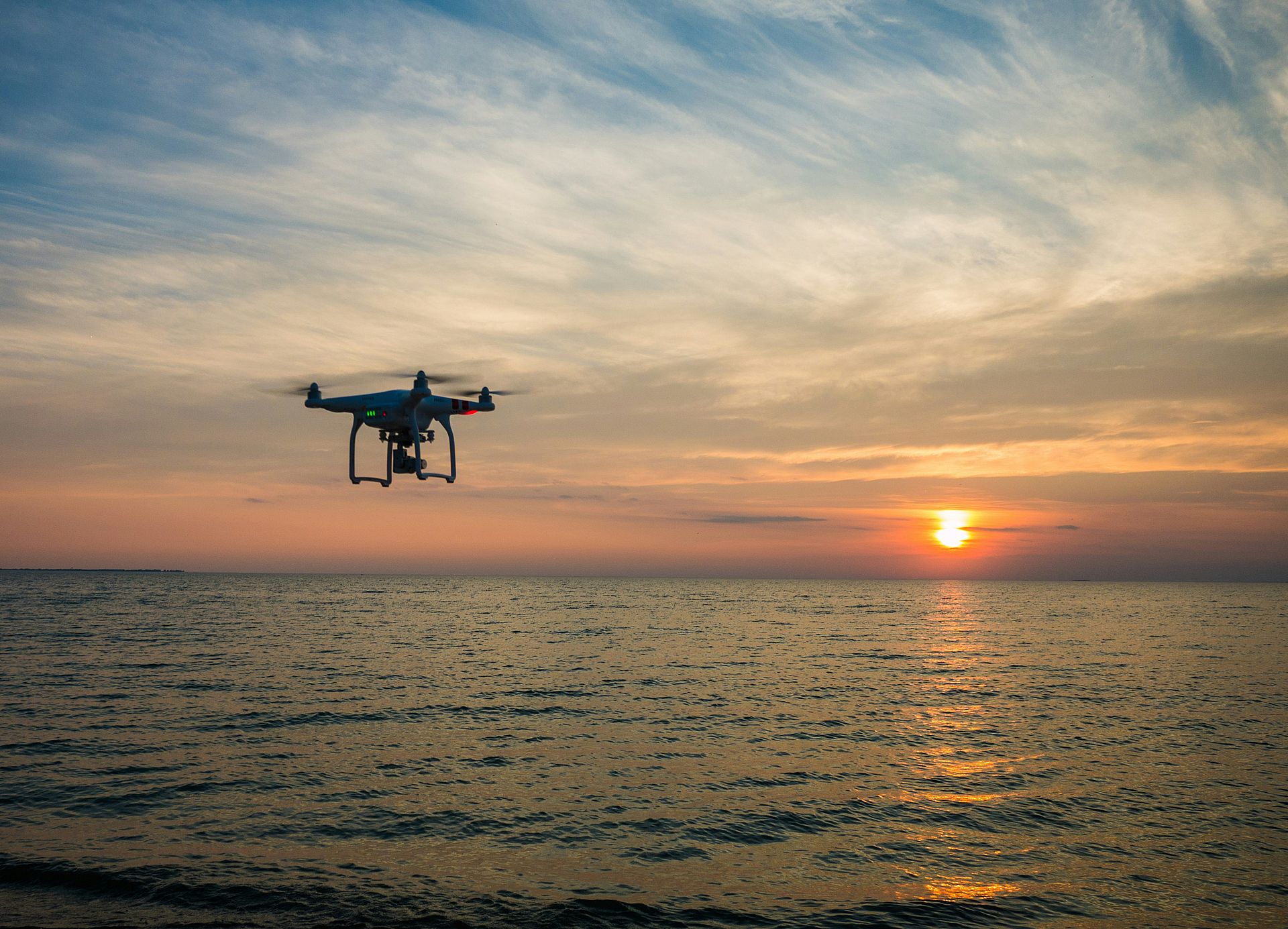The Pentagon’s “Drone Hellscape” is a plan by the U.S. military to use thousands of drones to create a highly challenging and chaotic environment for any enemy forces, particularly in the event of a conflict between China and Taiwan. This strategy is designed to disrupt and slow down a potential Chinese invasion, giving the U.S. and its allies time to respond.
The core idea of the “Drone Hellscape”
According to WIRED, The idea is to flood the Taiwan Strait—the narrow waters between Taiwan and China—with drones. These drones would operate in the air, on the sea, and even underwater, making it extremely difficult for the Chinese military to carry out an invasion. The main goals are to:
- Delay the invasion: The drones would create enough confusion and obstacles to slow down any Chinese military advance. This delay would be crucial, allowing the U.S. and its allies to mobilize additional forces in the region.
- Overwhelm Chinese defenses: With so many drones attacking from different directions, it would be hard for China to defend effectively. This strategy aims to stretch their defenses thin and make it difficult for them to respond to all the threats.
- Perform multiple roles: These drones wouldn’t just be for attacking. They would also:
- Gather intelligence: The drones would monitor Chinese movements and positions, giving the U.S. a clear view of the battlefield.
- Disrupt communications: Some drones would be equipped to interfere with Chinese communications and radar systems, making it harder for them to coordinate their forces.
- Direct attacks: Many drones would be used to directly attack Chinese ships, vehicles, and soldiers, including by crashing into them in kamikaze-style missions.
- Guide missiles: The drones would help direct U.S. missiles to their targets, increasing the accuracy of these attacks.

The drones would need to operate autonomously or semi-autonomously, with artificial intelligence (AI) guiding their actions in real-time. This reduces the need for human operators, allowing the US to deploy large numbers of drones simultaneously without overwhelming personnel.
The drones would be programmed to work in swarms, coordinating their actions to maximize their effectiveness. This includes tactics like overwhelming a single target with multiple drones or spreading out to cover a larger area.
Given the high likelihood of drones being shot down or otherwise disabled, the strategy relies on redundancy—deploying more drones than the enemy can handle. Even if some are lost, the swarm’s overall effectiveness remains intact.
According to the reports, by turning the Taiwan Strait into a hostile environment brimming with autonomous drones, the US hopes to deter China from pursuing an invasion, or at the very least, make such an endeavor so costly and difficult that it fails.
Featured image credit: Eray Eliaçık/Bing





